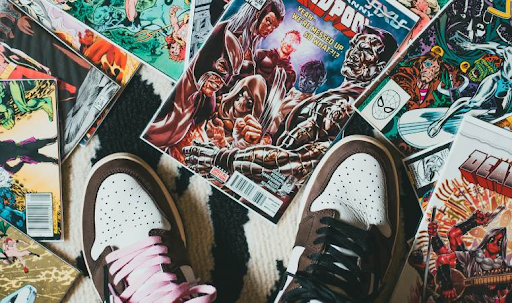From Tinkle to Talking Dirty: How Comics Can Help With Sex Education
Key Takeaways: Comic books, both online and in print, are a fun and artistic manner of educating people about sex. |
In the ever-evolving field of sexual education around the globe, conservative methods have been shown to fall short when it comes to educating and engaging the youth. The colourful, dynamic world of comic books can help combat this. There is a myriad of reasons why comics can serve as a great tool for sex education:
There has been a growing trend in digital comics and webcomics; this material can be easily accessed and shared online. This provides an interdisciplinary approach to art and sex education. There are several advantages to reading digitised comics:
|

Here are some comics that deserve more appreciation:
- Webtoons
Ever since its inception in 2014 in South Korea, Webtoon has become a popular medium for consuming digital comics. Sex education is not the main genre that the platform promotes, but it has several comics made on sexuality and gender identity that incorporate other genres like fantasy, action, comedy and more. An example of a comic on Webtoon that covers important aspects of sex education is ‘Boo! it’s Sex’.
- The Together Project
This is a campaign created by Sexpo that aims to spread information on the dimensions of sexuality, sexual habits, sexual rights, relationships and gender.
- Oh Joy Sex Toy
This health and wellness website incorporates humour and research to make comics that are fictional and non-fictional. It explores kinks, sexuality, faith, mental health and much more in one-page format comics.
Instagram is an ideal social media platform for visual art. Several comic strip creators on Instagram cover topics of sex education, body image and the LGBTQIA+ community, featuring unique and outstanding art styles. Some of these illustrators like @the_reddot, @artwhoring, @jeniferrprince, etc.
The resources mentioned above are merely a drop in the ocean of digital resources that the internet has on sex education. This medium also has its drawbacks as there are countries where artistic expression and the messages that comic books represent get banned. It also brings up
issues of ownership and censoring, which might only get worse with the advent of AI and technology. However, it’s still worth noting that comic books are a transformative medium of art and they have the power to inspire open dialogue and conversations on sex education.
Author

